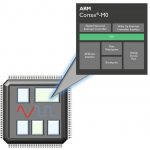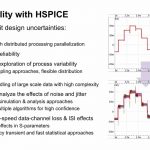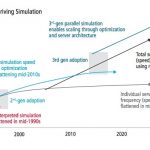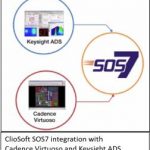It’s been 32 years since the successful sci-fi comedy, Back to the Future, saw 17-year old Marty McFly – played by Michael J. Fox – accidentally travel 30 years back in time to 1955. The film was a box-office smash, as audiences worldwide delighted in McFly’s antics, only to soon realize that the cool kid from the future was jeopardizing the very thing that made his life a reality – his then-teen parents meeting and falling in love.
A key tenant of this film is that somebody living in today’s world – McFly – has discovered a way to go back in time – through a cosmic “back door” – and gains access to secret (let’s call it “encrypted”) information considered inaccessible to anyone other than those who generated it first-hand.
While time travel is not conceivable as far as we know (though I suspect Google is working on it), what is conceivable is that people or nation states will soon be able to travel back in digital time and retrieve secure encrypted data always considered non-retrievable.
Say what?
Well, here’s what Isaac Chuang, a distinguished MIT Professor of Physics, Electrical Engineering and Computer Science, says,
”if you are a nation state, you probably don’t want to publicly store your secrets using encryption that relies on factoring as a hard-to-invert problem. Because when these quantum computers start coming out, you’ll be able to go back and unencrypt all those old secrets.”
That shouldn’t be a problem, right? After all, in today’s technologically-advanced day and age, who and what could possibly be using factoring in cryptographic schemes?
The answer: most everybody and everything. That’s because the foundational cryptography underlying most existing so-called “secure” solutions is RSA, which relieson factoring as a hard-to-invert problem for its underlying security and which leading pundits believe is on the verge of crumbling.
And it’s not just the pundits that are ringing the death knoll for RSA. The chart below, extracted from the US NIST Report on Post – Quantum Cryptography clearly states that RSA, ECDH and DSA are nearing the end of their life cycle.
Professor Chuang alerts Nation States to the dangers of continuing to use crypto which relies on factoring, but his warning just as easily applies to businesses, even individuals. Picture your competitors or personal enemies going back in digital time and unlocking any data that you have ever created and encrypted for safe-keeping. The impact of such revelations will be overwhelming, even dangerous.
It’s time for the world to abandon cryptographic schemes created last century and make the bold move to quantum-resistant crypto that will ensure secrets, be they national, corporate or personal, remain where they are meant to be – locked and impermeable to outside intrusion.







